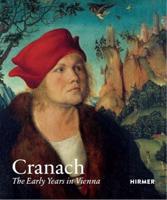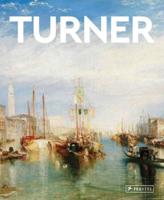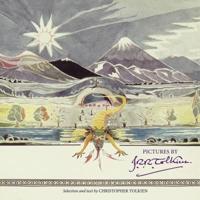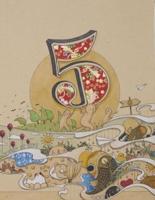Publisher's Synopsis
Impure Americana, a slightly acidic nostalgia that evoked sideshows, tramp art and old travel posters with infusions of feminist wit. -Roberta Smith, New York Times
Margaret Kilgallen: that's where the beauty is. is published on the occasion of Kilgallen's first posthumous museum exhibition, and the largest presentation of her work in more than a decade. Using the artist's exhibition history as a chronological tool, that's where the beauty is. examines Kilgallen's roots in histories of printmaking, American and non-Western folk history and folklore, and feminist strategies of representation, expanding the narrative around her work beyond her association with the Bay Area Mission School and the "Beautiful Losers" artists.
Kilgallen's graphic, schematic style came from a deep engagement with the handmade in wildly divergent forms-from folk art to letterpress printing to freight train graffiti, among many other sources. "I like things that are handmade and I like to see people's hand in the world anywhere in the world," she said, embracing the idiosyncrasies and imperfections that come from hand craft. "I think that's where the beauty is." Kilgallen's work, in form and content, celebrates the handmade, making heroes and heroines of those who live and work in the margins and challenging traditional gender roles, hierarchies and mainstream culture.
This publication offers a comprehensive look at Kilgallen's work, revisiting the ongoing legacy and idiosyncratic spirit of one of California's most innovative artists.
American artist Margaret Kilgallen (1967-2001) died at the age of 33, just as her work was gaining recognition and prominence. She is best known for her association with the Bay Area Mission School-a loosely associated group of artists from the early 1990s-and for her inclusion in the legendary exhibition Beautiful Losers: Contemporary Art and Street Culture (2004).







